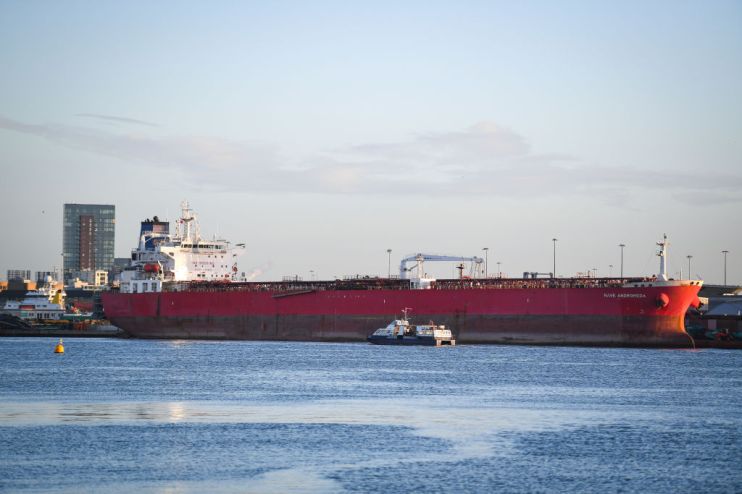Shell soars to record highs as oil and gas markets await fresh signals from Israel-Hamas war

Shell’s share price has surged to a record high, fuelled by rallying oil prices following Hamas’ attack on Israel last week, with conflict escalating in the region.
The energy giant climbed 1.23 per cent on the FTSE 100 in today’s trading, rising to an all-time high of 2,755p per share – raising its value to more than £183bn.
This comes with commodity prices steadying following last week’s bumper rally, with oil and gas markets awaiting further supply signals amid escalating geopolitical tensions in the Middle East.
Oil prices have eased after the highest daily gains since April on Friday and the highest weekly gains since February.
Both benchmarks are stable, with Brent Crude down 0.12 per cent at $90.78 per barrel, while WTI Crude has ticked up 0.08 per cent at $87.76 per barrel.
Gas prices have slipped on UK and Dutch indexes 5.8 and 5.0 per cent respectively – calming after heavy gains last week.
The UK Natural Gas Futures benchmark is now priced at 128.8p per therm, roughly treble prices prior to the domestic energy crisis and Russia’s invasion of Ukraine last year, while the Dutch TTF Futures benchmark is also elevated at €51.26 per megawatt hour.
Hamas’ attack on Israel and the country’s subsequent retaliatory action in Gaza led to the closure of a major gas field in the country and raised concerns Iran and Syria could enter the conflict and lead to sanctions and supply disruptions.
While Israel is not a major fossil fuel producer, investors appear wary of the conflict spiralling and drawing in neighbouring countries from the world’s largest oil producing region – which includes Saudi Arabia, UAE and Qatar.
Ricardo Evangelista, senior analyst at ActivTrades said: “The sudden price increase felt on Friday came as traders pondered on the developments in Israel and started to price in the potential disruption to the global oil supply that may emanate from the conflict.
“The big question mark surrounds a possible spillover of the confrontation, which could affect major oil producers in the region, and how such a scenario could affect the global supply of crude. Against this background, uncertainty will remain high, in a dynamic likely to continue to support the price of the barrel.”
Oil prices remain propped up following OPEC’s swingeing supply cuts, which will continue into winter, representing over five million barrels per day, more than five per cent of global supplies.
Meanwhile, the threat of further industrial action in Australia at major LNG sites has raised concerns of disruption to gas supplies – with Asia and Europe highly dependent on the energy source to meet consumption needs following Russia’s squeeze on the continent’s gas flows.
However, Wayne Bryan, Director of Gas Research at LSEG, believed the latest surges “laid bare how fragile and intertwined with global events the European gas market is.”
However, he remains optimistic over Europe’s supply security.
Bryan said: “As Europe enters a second year without Russian supply, fears of depleted gas storages and a freezing Europe did not materialise. On the contrary, last year’s mild winter and an unexpectedly strong fall in demand and robust LNBG supply led to storage stocks close to the record high through the year.
“The combination of close to full storages, expectation for both LNG and Norwegian supply to ramp up and forecast of around or above normal temperatures see a need for prices in October to adjust lower. As expected, this materialised at the start of October with spot prices entering a bear market falling to a two-month low.